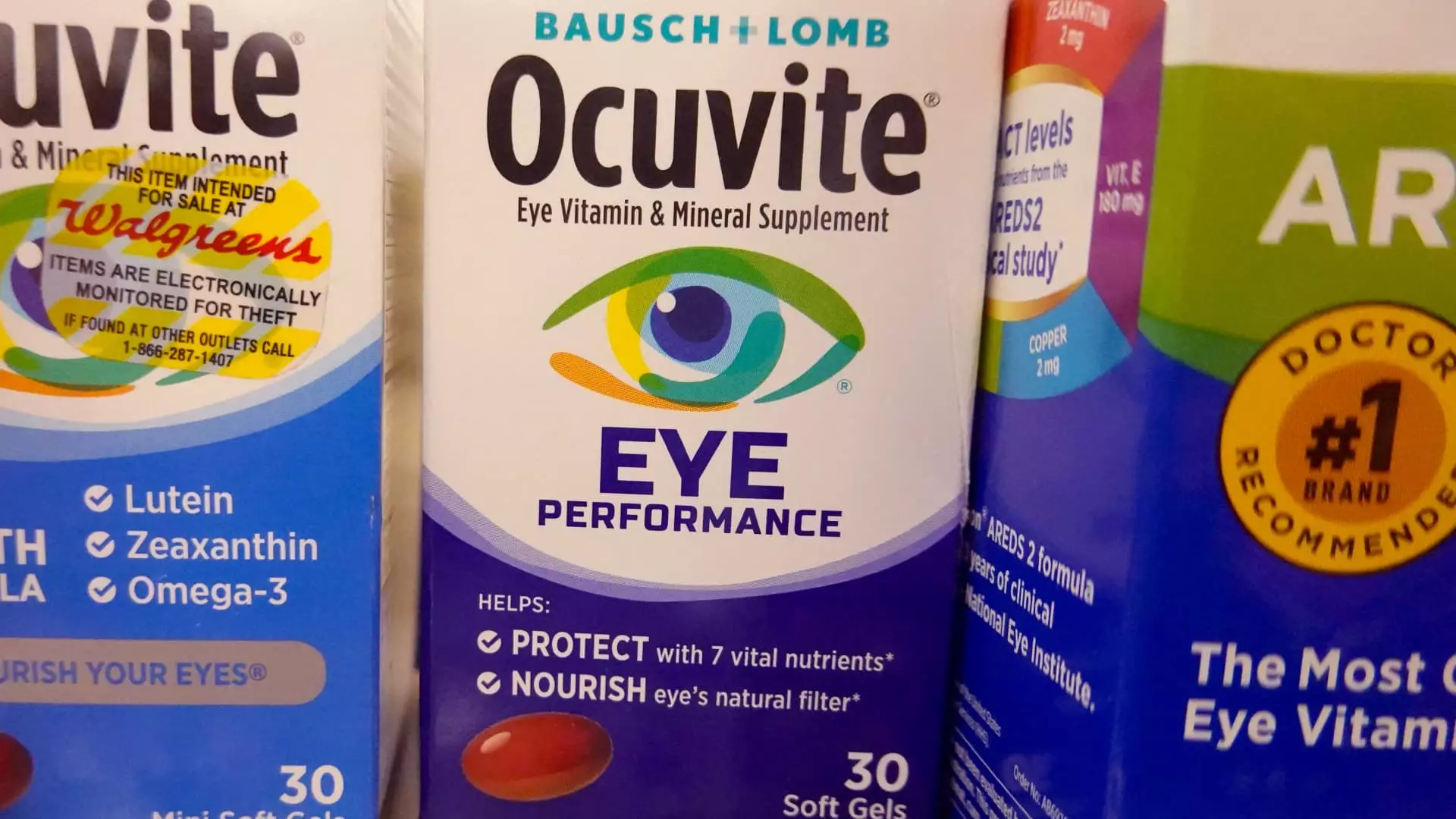Bausch Health, recognized previously as Valeant Pharmaceuticals, stands as a formidable entity within the pharmaceutical landscape. With its headquarters in Canada, Bausch Health operates across diverse therapeutic sectors including dermatology, gastroenterology, neurology, and ophthalmology. The company’s structure comprises five primary segments: Bausch + Lomb, Salix Pharmaceuticals, International Rx, Solta Medical, and Diversified Products. Among these, Bausch + Lomb is particularly significant, as it reinforces the firm’s presence in the eye care market, a sector of consistent demand.
In early 2021, activist investor Carl Icahn made headlines by filing a Schedule 13D with the U.S. Securities and Exchange Commission, revealing his intention to engage with Bausch Health’s management. His focus was primarily on maximizing shareholder value. As a result of subsequent discussions, significant changes ensued, including an expansion of the company’s board. By February 2021, two portfolio managers from Icahn’s investment firm were appointed, signaling a shift in corporate governance.
The evolution continued with the strategic separation of Bausch + Lomb as an independent publicly traded company in May 2022, where Bausch Health retained an 88% stake. This move reflects a broader strategy to clarify the company’s core business units and strengthen its overall market position. Leadership transitions also took place, including the appointment of John Paulson as chair of the board. These changes in leadership not only illustrate a commitment to enhance transparency and operational agility but also align the company with investor interests.
The financial performance of Bausch + Lomb is of particular interest following its separation. Recently, it was reported by the Financial Times that the division enlisted Goldman Sachs to assess the possibility of a sale. Given that Bausch + Lomb possesses an enterprise value of around $10 billion—considerably below its potential given the influence of Bausch Health’s debt burden—it’s evident that market perceptions could be influencing its current valuation.
Bausch Health currently holds a staggering $20.4 billion in consolidated debt, of which $4.6 billion pertains to Bausch + Lomb. This financial landscape casts a shadow over both the company’s image and its stock market performance. On the other hand, projections for Bausch + Lomb suggest an EBITDA of approximately $966 million for 2025. When compared to peers like The Cooper Companies and Alcon, which trade at high enterprise valuing multiples, the implications of effective restructuring could transform Bausch + Lomb’s financial outlook drastically.
A noteworthy aspect of Bausch Health’s offerings is the Salix Pharmaceuticals division, which specializes in gastroenterology products. Of particular concern is the dependence on Xifaxan, which accounts for around 87% of Salix’s revenue. With patent expiration looming in January 2028, this segment presents a dual-edged sword for the company, informing both its revenue projections and strategic planning.
If we apply a conservative growth estimate, the anticipated future cash flows from Xifaxan alone suggest a present value of approximately $4.25 billion. This conservative outlook, however, may not fully encompass other strategic avenues that the company could explore as the patent approaches expiration. Such assessments are crucial as they highlight potential vulnerabilities within the firm’s revenue stream, necessitating innovation and diversification within Salix’s portfolio.
The analysis of Bausch Health’s remaining business units—termed “RemainCo”—is essential to understanding the overall enterprise value post-Bausch + Lomb sale. Key segments like International Rx and Diversified Products contribute positively to the operating income, with promising peer comparisons suggesting a strategic repositioning advantage. Yet, evaluating the comprehensive worth of RemainCo involves complexities, particularly when assessing peers with varying multiples across the pharmaceutical landscape.
Utilizing a conservative average multiple estimation for valuation could imply a total value of approximately $9.36 billion for RemainCo. By integrating this with the anticipated sales proceeds from Bausch + Lomb and other relevant cash flows, Bausch Health could reach a total valuation approaching $25.93 billion. After accounting for its debt, this translates into a potential equity value of around $10.49 billion. However, it is crucial to recognize that speculative financial assessments require a healthy balance of optimism and caution.
Bausch Health is navigating through a transformative phase characterized by management changes, strategic divisions, and significant financial challenges. Despite operating under considerable debt constraints, the focused initiatives led by activist investors and new leadership aim to enhance shareholder value and reposition the company within the competitive pharmaceutical landscape. The road ahead may be fraught with challenges, particularly regarding the management of revenue dependence on key products, yet the potential inherent in its subsidiaries remains palpable. As Bausch Health continues to adapt and transform, stakeholders will undoubtedly keep a close watch on its developments.

